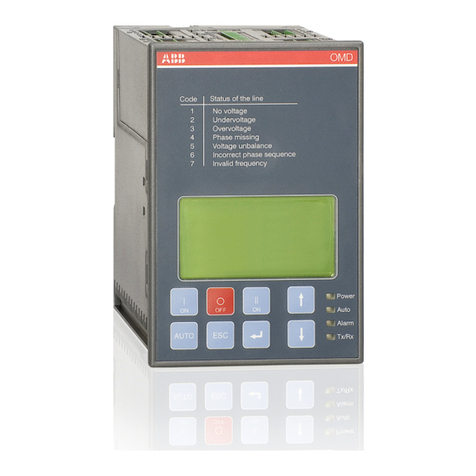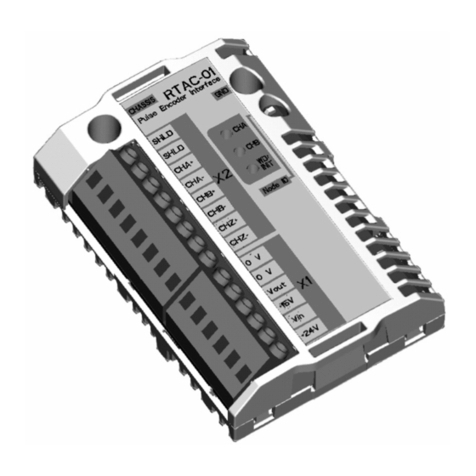ABB ACH580-34 Installation manual
Other ABB Control Unit manuals

ABB
ABB Foundation LD 810HSE Ex User manual
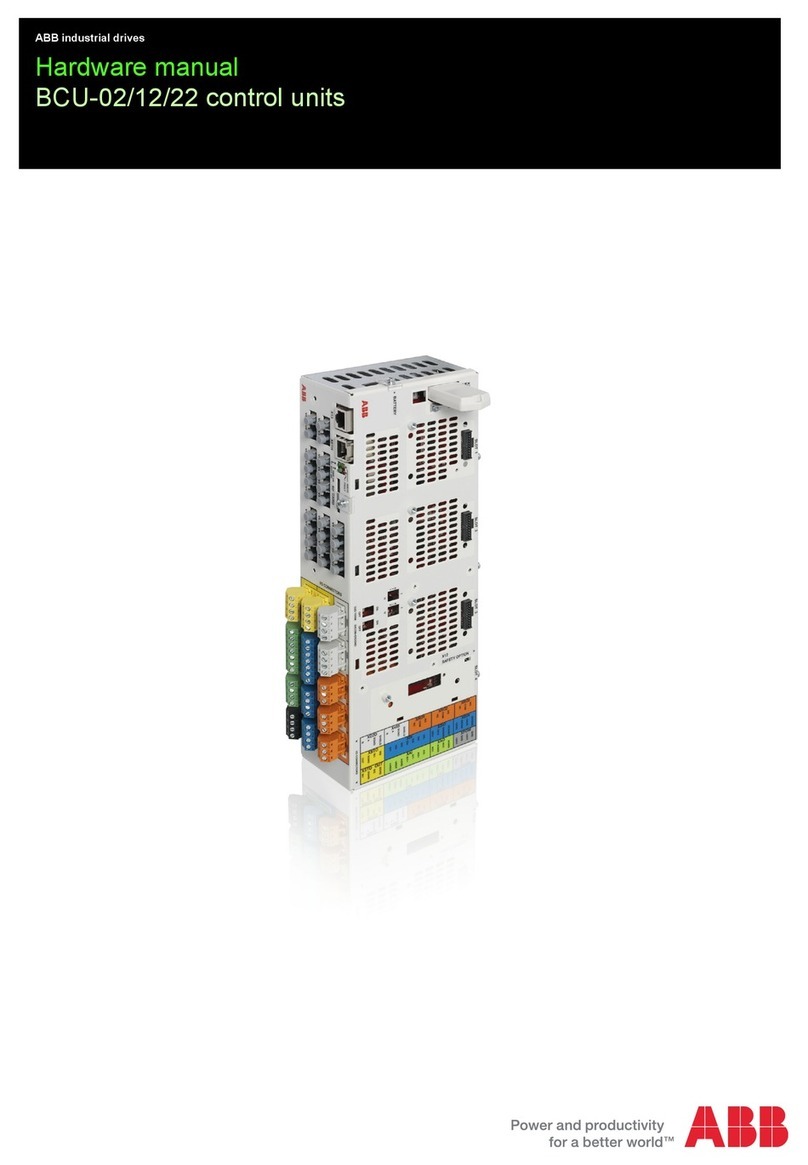
ABB
ABB BCU-02 User manual

ABB
ABB RELION REC650 Quick start guide
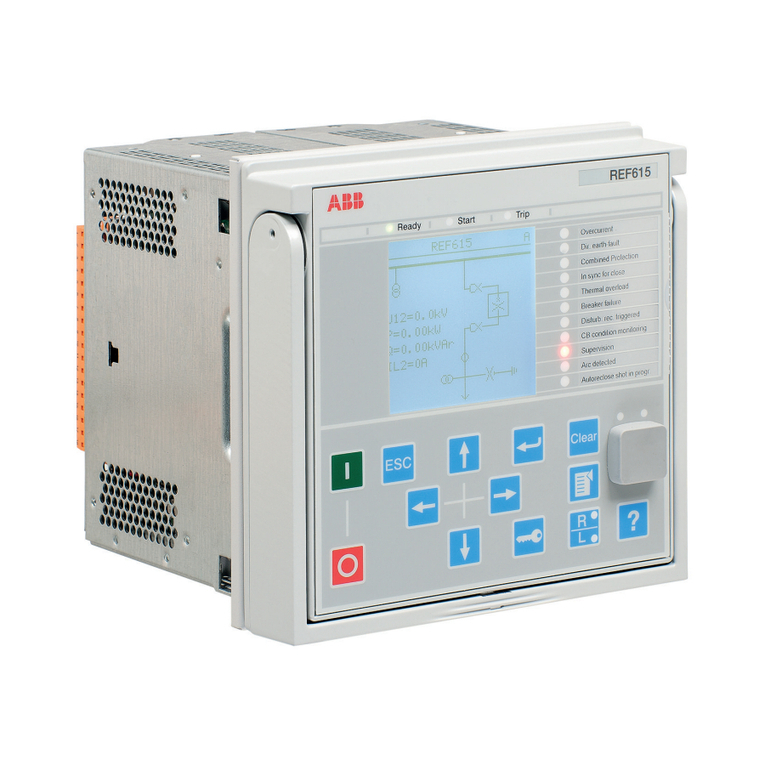
ABB
ABB Relion 615 series User manual
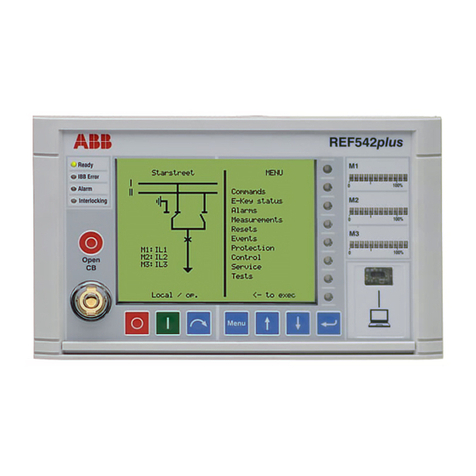
ABB
ABB REF 542plus User manual
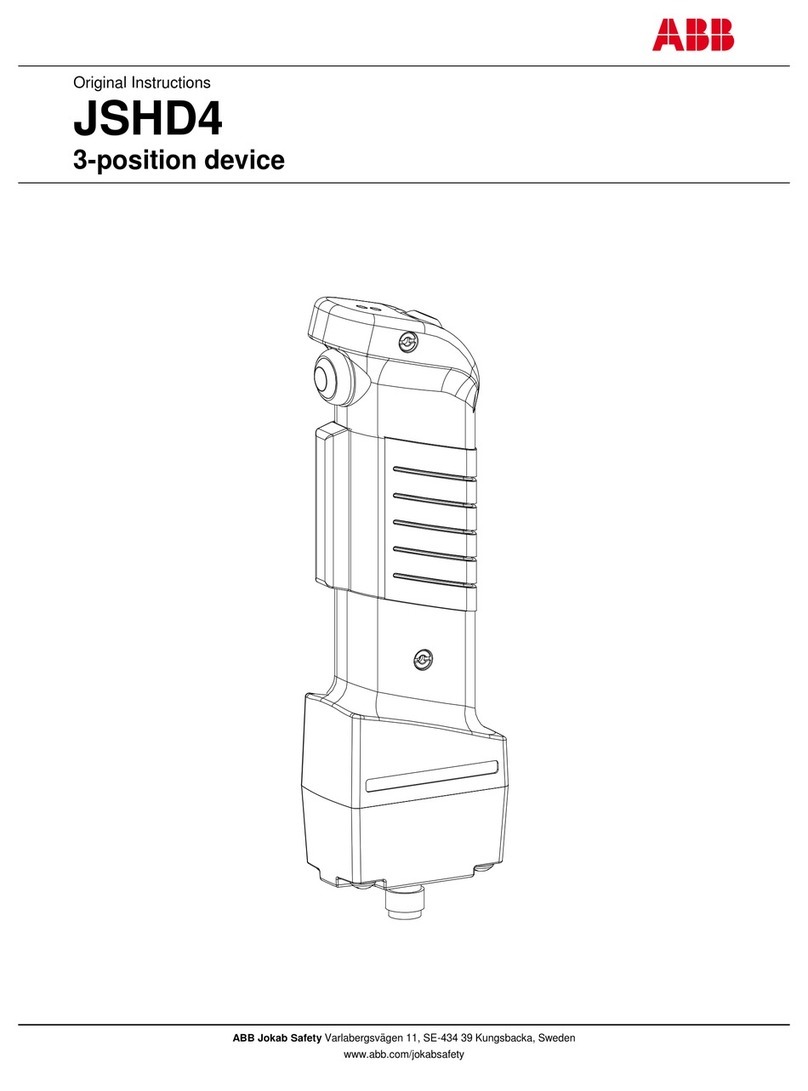
ABB
ABB JSHD4 User manual
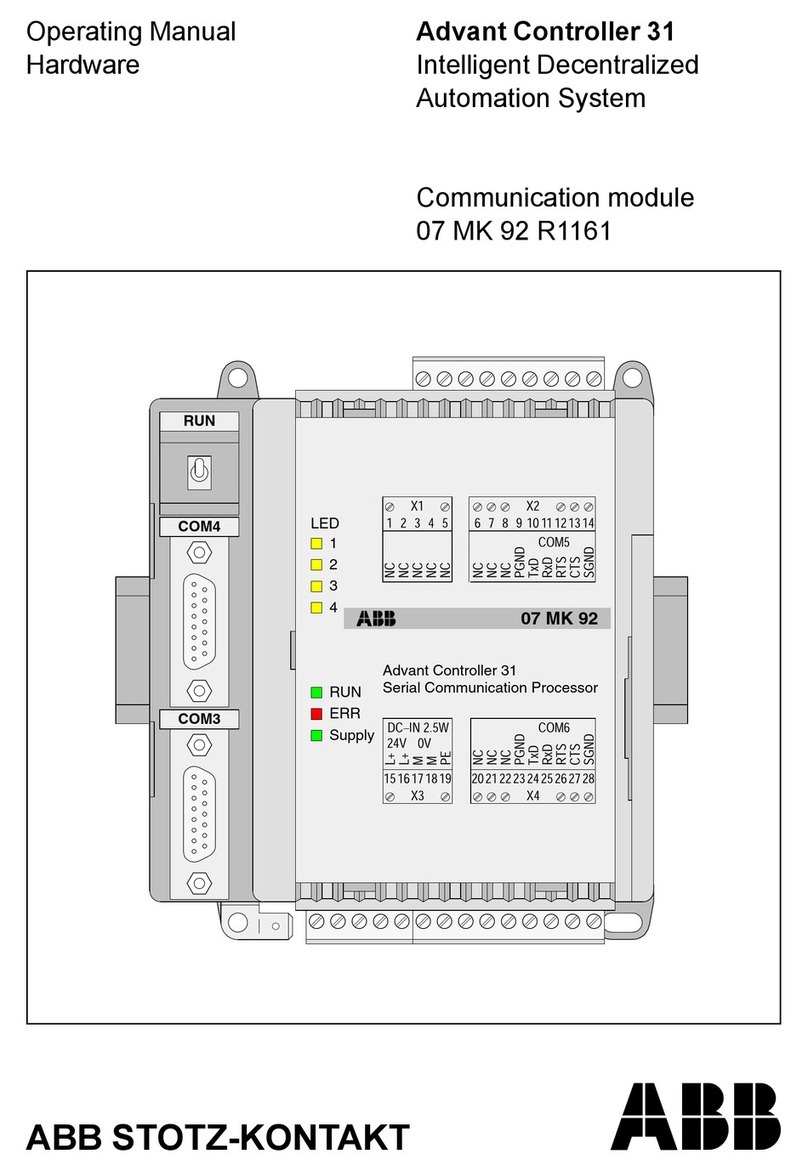
ABB
ABB 07 MK 92 R1161 User manual
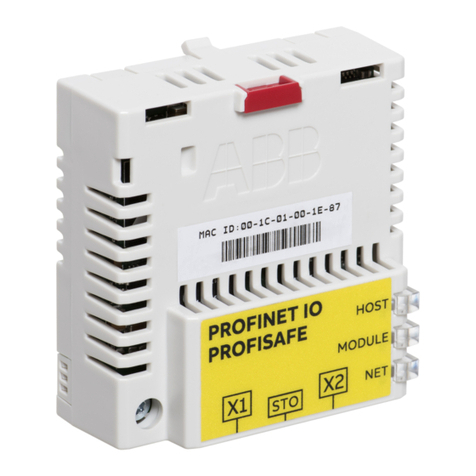
ABB
ABB FSPS-21 User manual

ABB
ABB Relion 615 series User manual
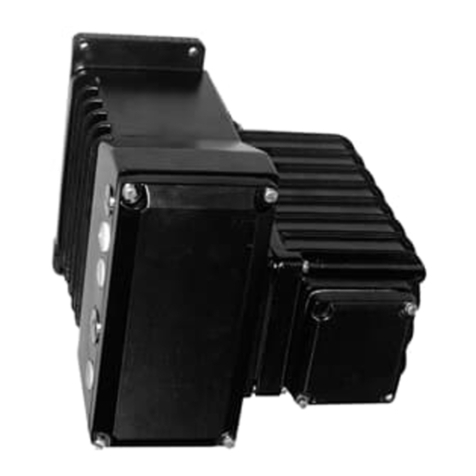
ABB
ABB EAN823 User manual
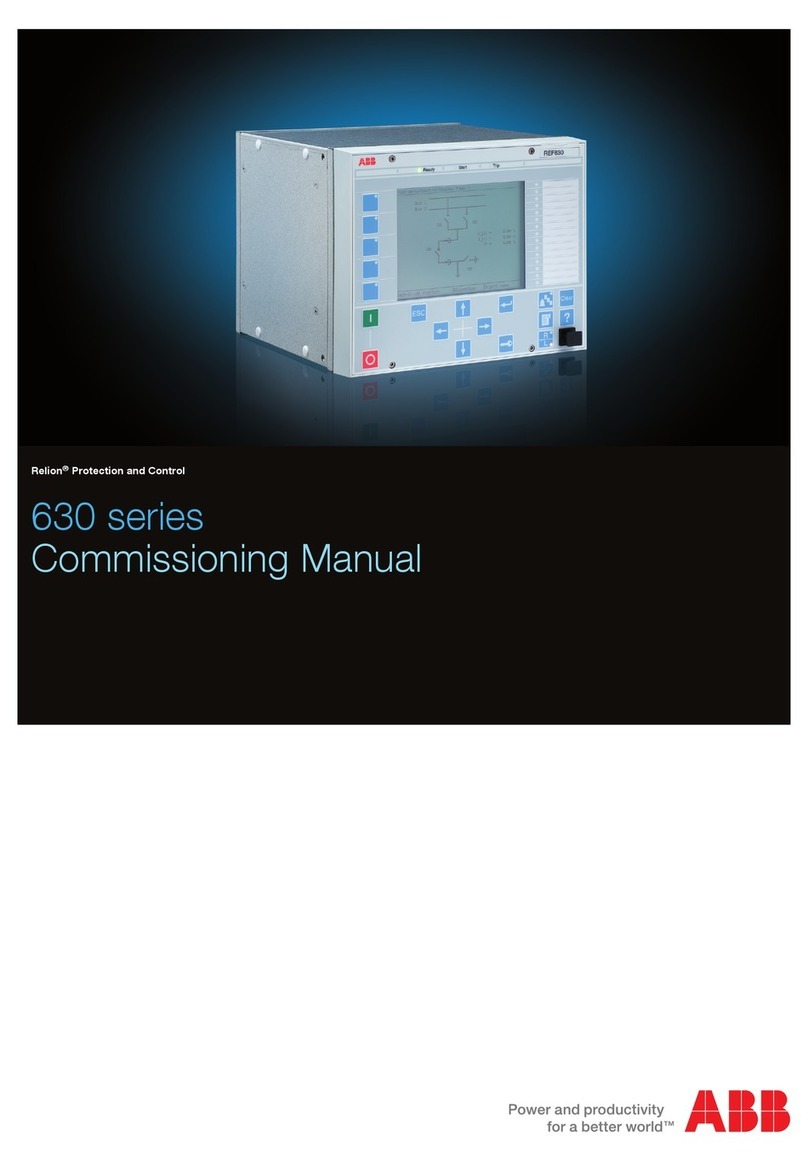
ABB
ABB Relion 630 Series Quick start guide

ABB
ABB ACS850-04 series Use and care manual
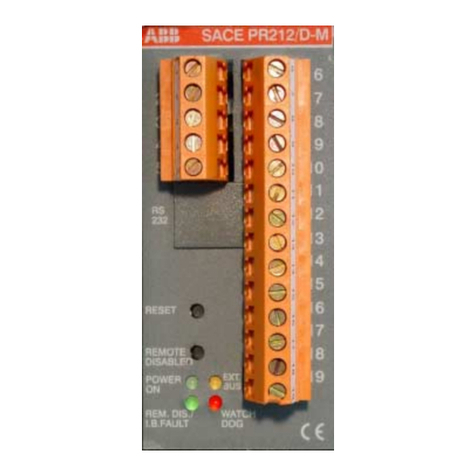
ABB
ABB SACE PR212/D-M User manual

ABB
ABB IMASI13 User manual

ABB
ABB ACS880-04F User manual

ABB
ABB ACQ580-34 User manual

ABB
ABB RPBA-01 User manual

ABB
ABB RELION 650 SERIES User manual
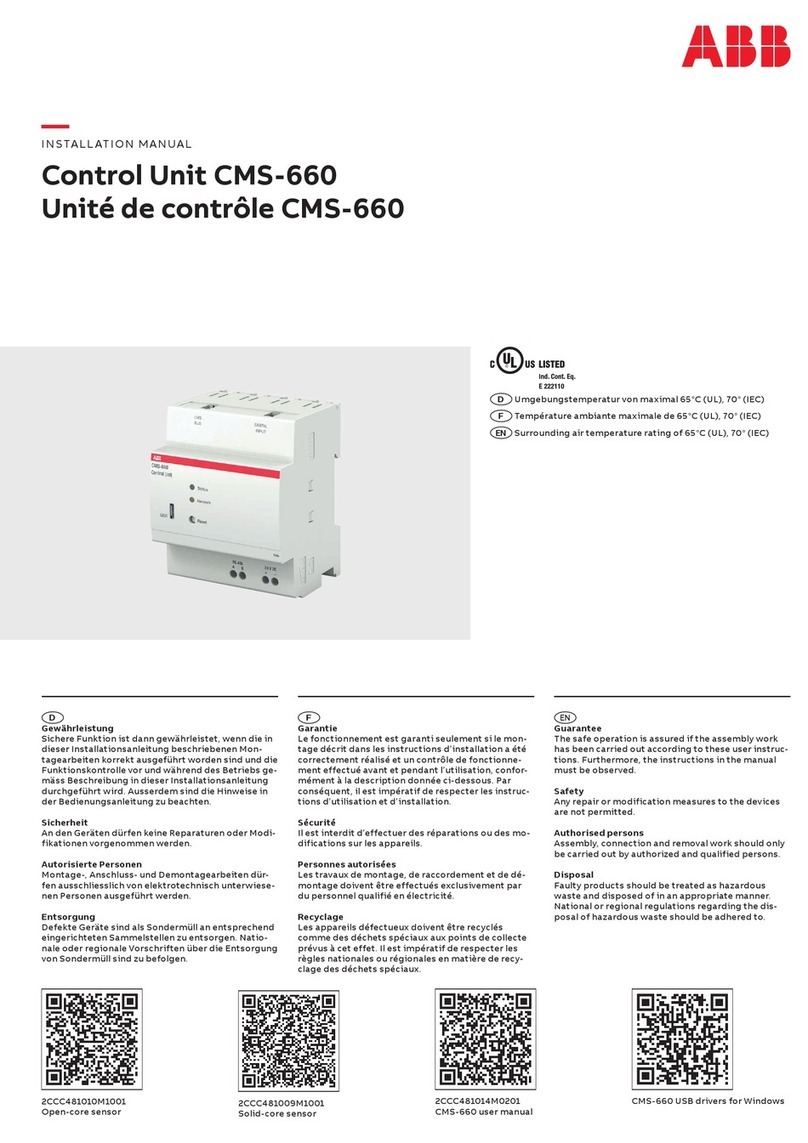
ABB
ABB CMS-660 User manual
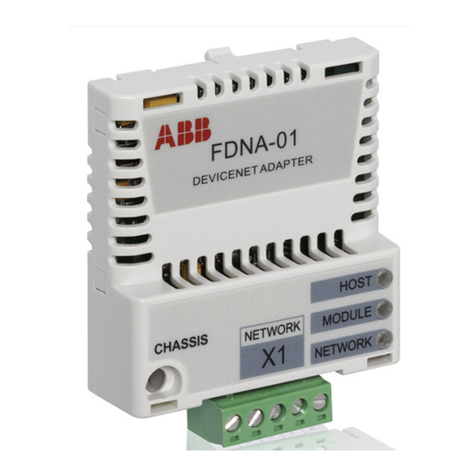
ABB
ABB FDNA-01 Installation manual
Popular Control Unit manuals by other brands

Festo
Festo Compact Performance CP-FB6-E Brief description

Elo TouchSystems
Elo TouchSystems DMS-SA19P-EXTME Quick installation guide

JS Automation
JS Automation MPC3034A user manual

JAUDT
JAUDT SW GII 6406 Series Translation of the original operating instructions

Spektrum
Spektrum Air Module System manual

BOC Edwards
BOC Edwards Q Series instruction manual

KHADAS
KHADAS BT Magic quick start

Etherma
Etherma eNEXHO-IL Assembly and operating instructions

PMFoundations
PMFoundations Attenuverter Assembly guide

GEA
GEA VARIVENT Operating instruction

Walther Systemtechnik
Walther Systemtechnik VMS-05 Assembly instructions

Altronix
Altronix LINQ8PD Installation and programming manual

